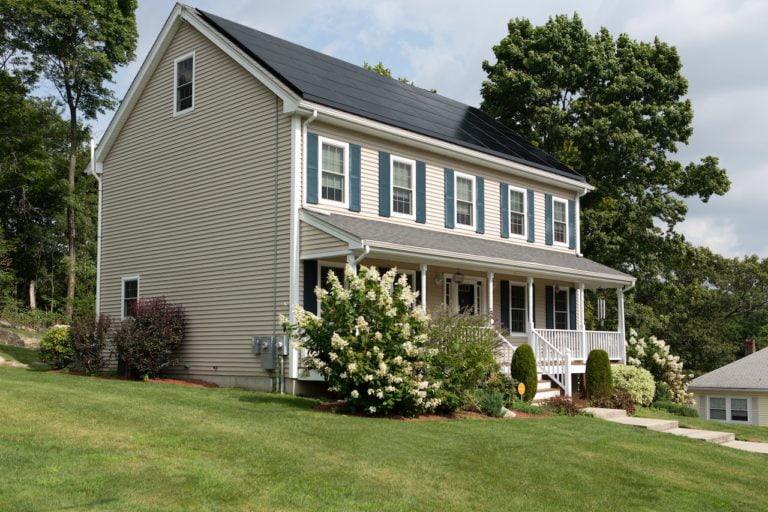For most of us, our utility bills are among the most expensive monthly bills that we have to pay. With the rising cost of living, this is a serious concern for many of us. With rapidly rising bills, what can we do to make sure we are not wasting the precious electricity we are paying for? We are going to take a look at how to conserve energy in our homes – and also if you can make your own too.
Saving electricity
There are lots of little steps to take to conserve energy, waste less and cut back on utility bills. Let’s take a closer look …
1. Use natural lighting and air conditioning
The very best source of light is of course the sun. During the day, natural light is the best way to light your home and it’s absolutely free. So open those blinds, pull the curtains back and let in that natural light. Those rays of sunlight can also help warm the house in cooler months.
In the same way, open those windows and let the airflow through the home rather than using air conditioning systems. Open windows don’t cost anything, and fresh air is less likely to contain nasties that can build up in air-con units.
2. Turn off lights when leaving the room
There are times when using lights is necessary, especially in the darker winter months. But be sure to turn the lights off when leaving a room and remember that little lamp in the corner too. This means you aren’t wasting power lighting up an empty space and it will make the bulb last longer and can even remove the risk of problems such as fires from electrical circuits. If you are a fan of smart tech, you can get connected lightbulbs with motion sensors so they turn off when you leave the room.
3. Change to LED bulbs
There’s a reason that people are pushing for a switch to LED bulbs. Firstly, they last longer than conventional bulbs (some LED bulbs have a lifespan of up to 25 years). Yes, the initial cost is more but they definitely pay this back over time. They are also far more energy efficient. It is worth comparing the difference between the different types of bulbs to see for yourself.
| Traditional Incandescent | Halogen | CFL | LED | |
| Energy Efficient | Very Low | Low | High | Very High |
| Colour temperature | Warm | Warm | Warm to cool | Warm to cool |
| Lifespan | 1,000 hours (1 year) | 3,000 hours (3 years) | 8,000 hours (8 years) | 25,000 hours (25 years) |
4. Use energy-efficient appliances
When it comes to replacing any electrical appliance, look at the energy efficiency of the new one before committing to it. All electrical appliances now have to have a rating on them with A being the best. This allows you to make easy comparisons to see which model and make are the most energy efficient. The less energy it uses, the less cost of electricity to you.
5. Fill up your dishwasher and washing machine
It can be tempting to run a dishwasher half full or just put a half load into the washing machine, but this is a waste of power. Instead, make sure you use everything to capacity, even if it means leaving some dirty dishes from lunch lying in the dishwasher until dinner. That way you get the most for the electricity used. Likewise, if you have the oven on to cook a meal, can anything else be put in at the same time, for example, pizza for tomorrow’s lunch or jacket potatoes for dinner? This cuts down the amount of time each of those appliances is in use.
6. Insulate your home
One of the biggest causes of wasted energy is poor insulation. Heat rises, vanishes through the roof and is lost. Therefore looking at the quality and thickness of the insulation in your roof or loft can be vital to improving your home’s energy efficiency.
Make your own electricity
The other big element of being sustainable is looking to create your own electricity. There are lots of renewable options that can be used in most homes to generate electricity, cut down bills and even make a little money selling unused power. Let’s take a closer look …
Solar thermal
A solar panel can be used to heat hot water and works alongside an existing system. This means when there is sunlight, you can generate power to create hot water and not need to use gas and electricity to power your boiler for the job. You may need to get a new tank that works with this kind of system and you do need a house facing within 90 degrees south.
Photovoltaic
This is another type of solar panel that creates electricity from sunlight. You have the panels fitted to the roof so again a 90-degree south angle is needed. It can be expensive to set up but if you generate more power than you need, there are schemes to sell it back to utility companies.
Wind turbines
Most of the time wind turbines are massive things seen in hilly fields or at sea. However now smaller, home-sized versions are becoming available and if you live in the right kind of area, they may be worth considering. There can be restrictions about where you can put them with planning permission or local regulations so be sure to check this first.
Heat pumps
These use the principles of refrigeration (vapour compression) to create heat from water, ground or air and then transfer it to an electric pump. Little maintenance is available, but the cost is variable depending on what source you want to use. You do want to make sure your home is well-insulated if you go with this idea.
In conclusion …
Not everyone will be able to produce their own electricity at this point, but we can all do more to conserve it and therefore make our homes more energy efficient. It also has the benefit of saving money on those utility bills as well!


